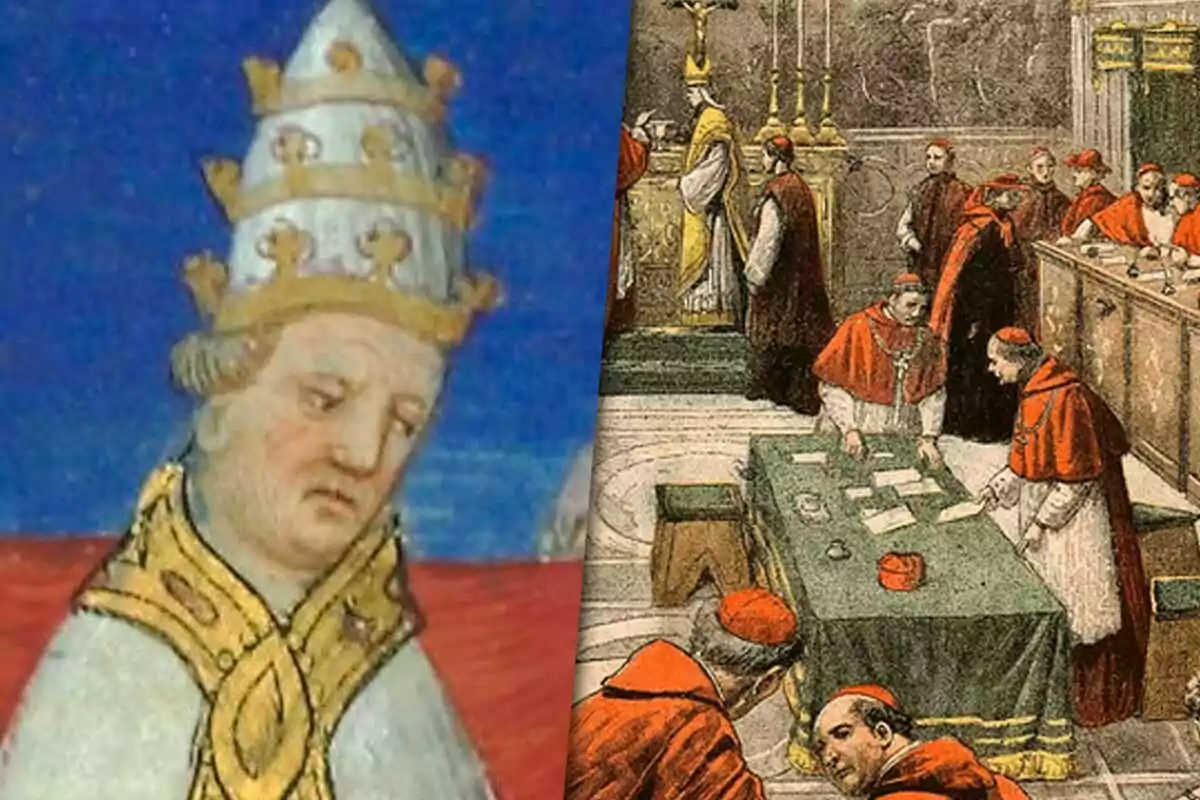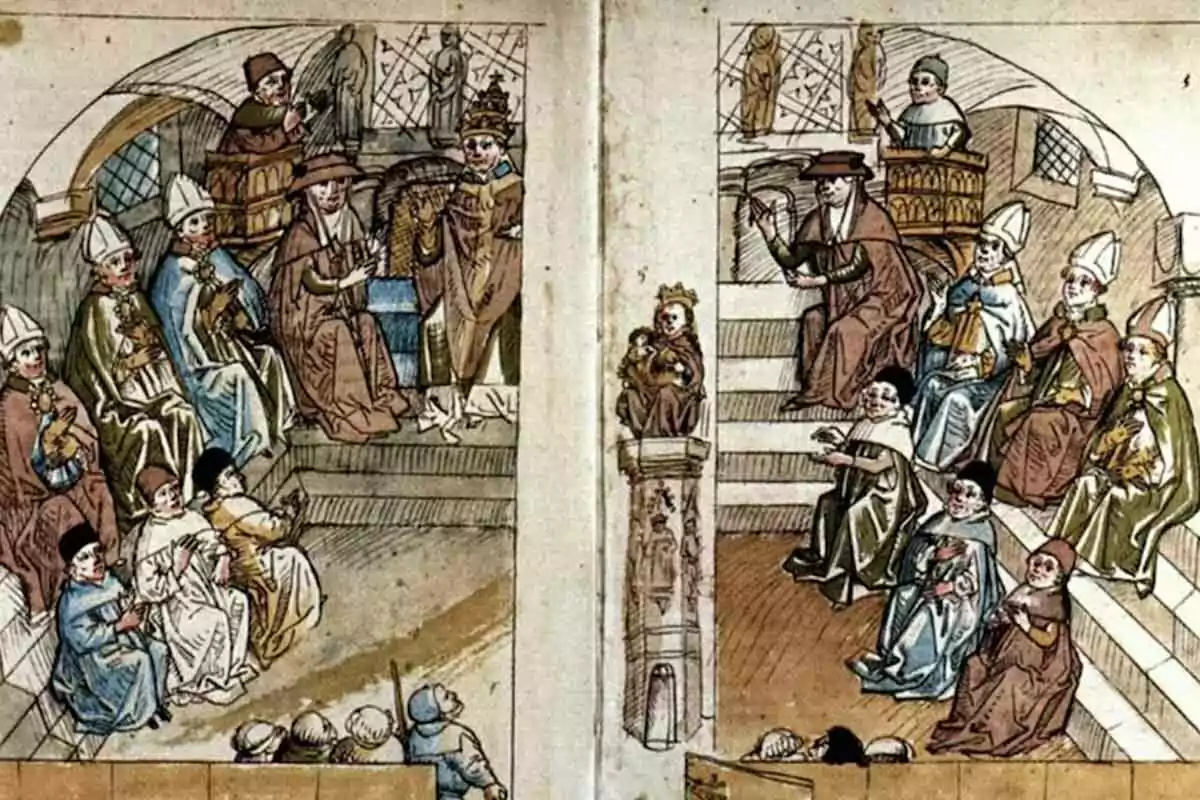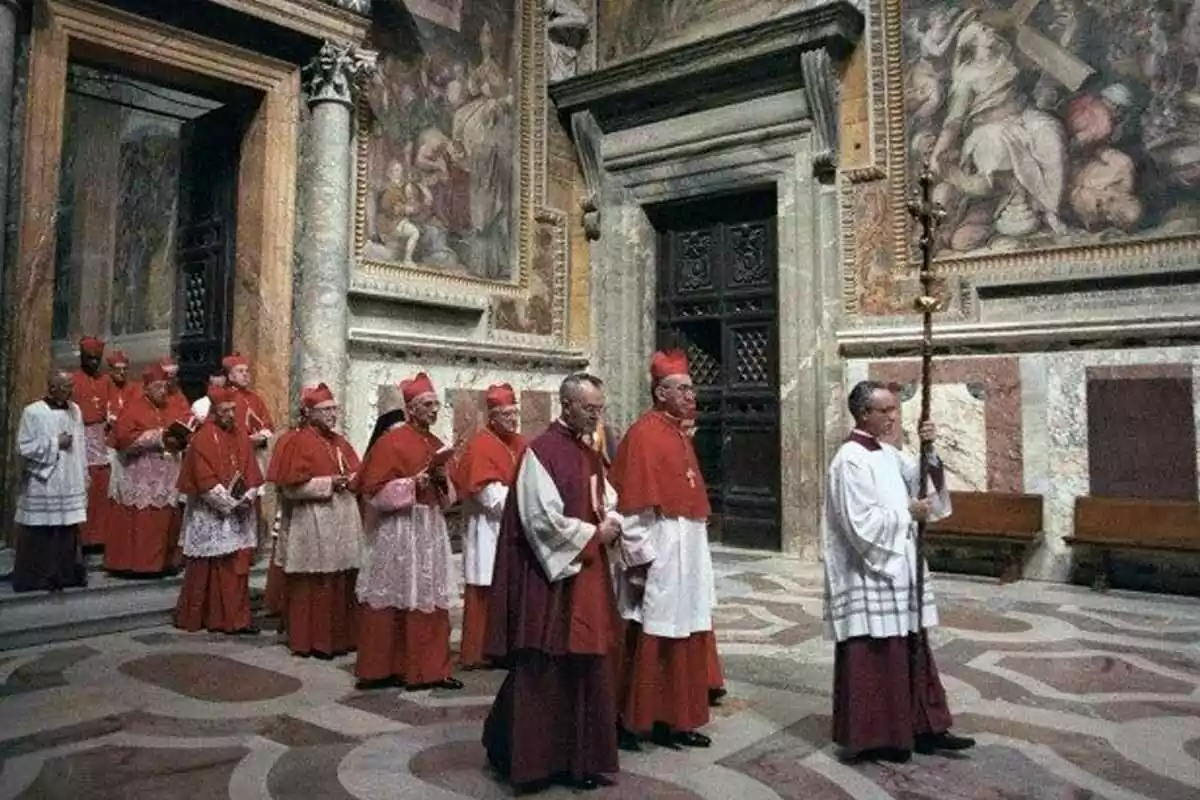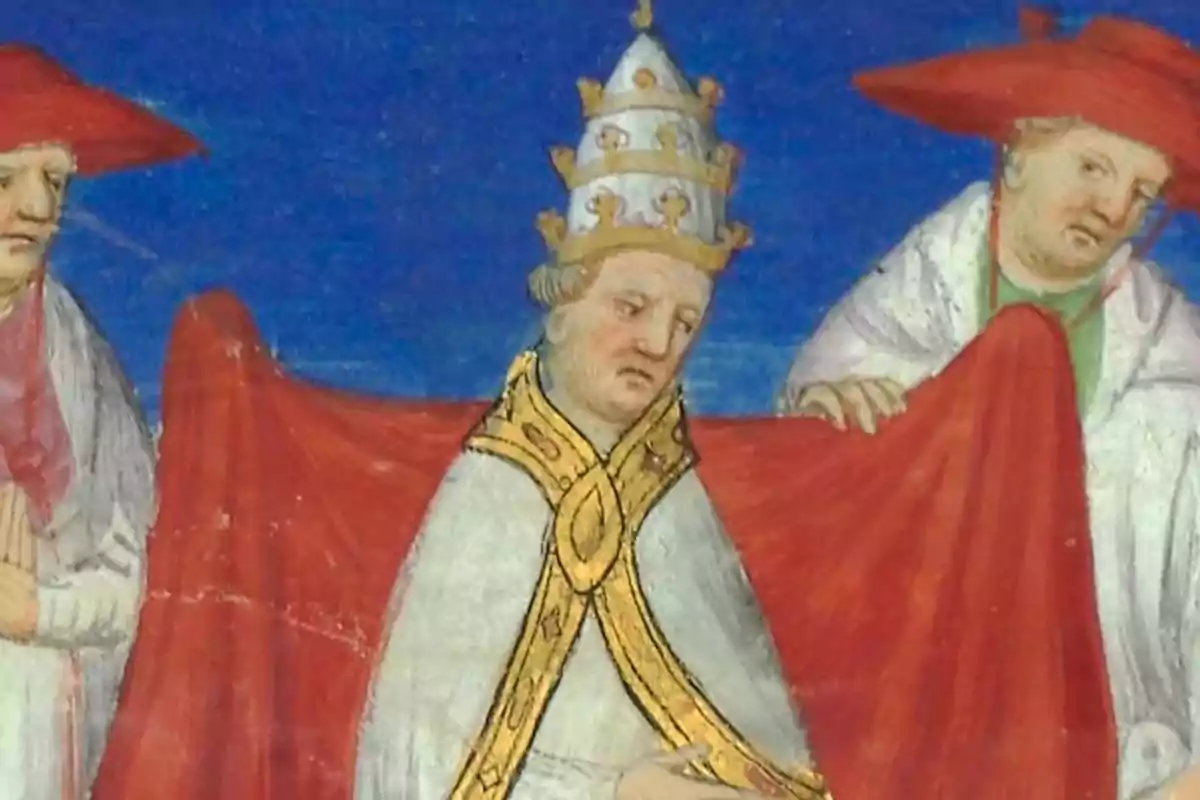
The conclave that lasted three years: deaths, confinement, and the longest election of a Pope
Three cardinals died, the city collapsed, and the 'conclave' was born. This is how the Pope was elected after three years of chaos
Between 1268 and 1271, the Catholic Church went through the longest papal election in its history. The process ended with three cardinals dead, a forced confinement, and a change of rules that forever marked the voting system.
Everything happened in Viterbo, 80 km from Rome. The election of Clement IV's successor was so complex that the city was overwhelmed and the cardinals were literally locked up until they reached an agreement.

Why did the election of the Pope take so long?
The death of Clement IV in 1268 left the papal throne vacant. The election was in the hands of 20 cardinals who couldn't reach the two-thirds needed to decide on a successor.
The College of Cardinals was divided into two major blocs:
- Carolinos: they wanted a French Pope.
- Ghibellines: they supported a candidate linked to the Holy Roman Empire.

The meetings began in the Cathedral of San Lorenzo, but quickly stalled. The cardinals went from voting every day to doing so every few weeks or even months.
The city of Viterbo
The crisis extended while Viterbo had to bear the expenses of the cardinals and their entourages. Food began to run scarce, and the discontent of the population grew.
Faced with the lack of progress, local authorities decided to reduce their food and water to pressure them. Three cardinals died from imbalance, without unlocking the vote.
The forced confinement that changed history
Desperation led to an extreme measure: locking the cardinals in the Papal Palace of Viterbo. Thus the term "conclave" was born, from the Latin cum clave, meaning "with key."
But even that wasn't enough. The final pressure came when the city's residents removed part of the roof of the building to expose them to the cold and rain "until God enlightened them."

The solution
To unlock the crisis, the decision-making group was reduced to just six cardinals. The strategy worked: they chose Teobaldo Visconti, a man outside the opposing factions.
Visconti was fighting in the Holy Land. When he received the news, he accepted immediately. He was named Gregory X upon arriving in Viterbo in 1271, thus closing the longest conclave in history.

A Pope who changed the rules
Gregory X decided to move the papal seat back to Rome and established that all future conclaves must be held under strict confinement. Thus the current system that governs to this day was born.
He defined it in the Council of Lyon and implemented it during his own papacy, which lasted until 1274.
More posts: